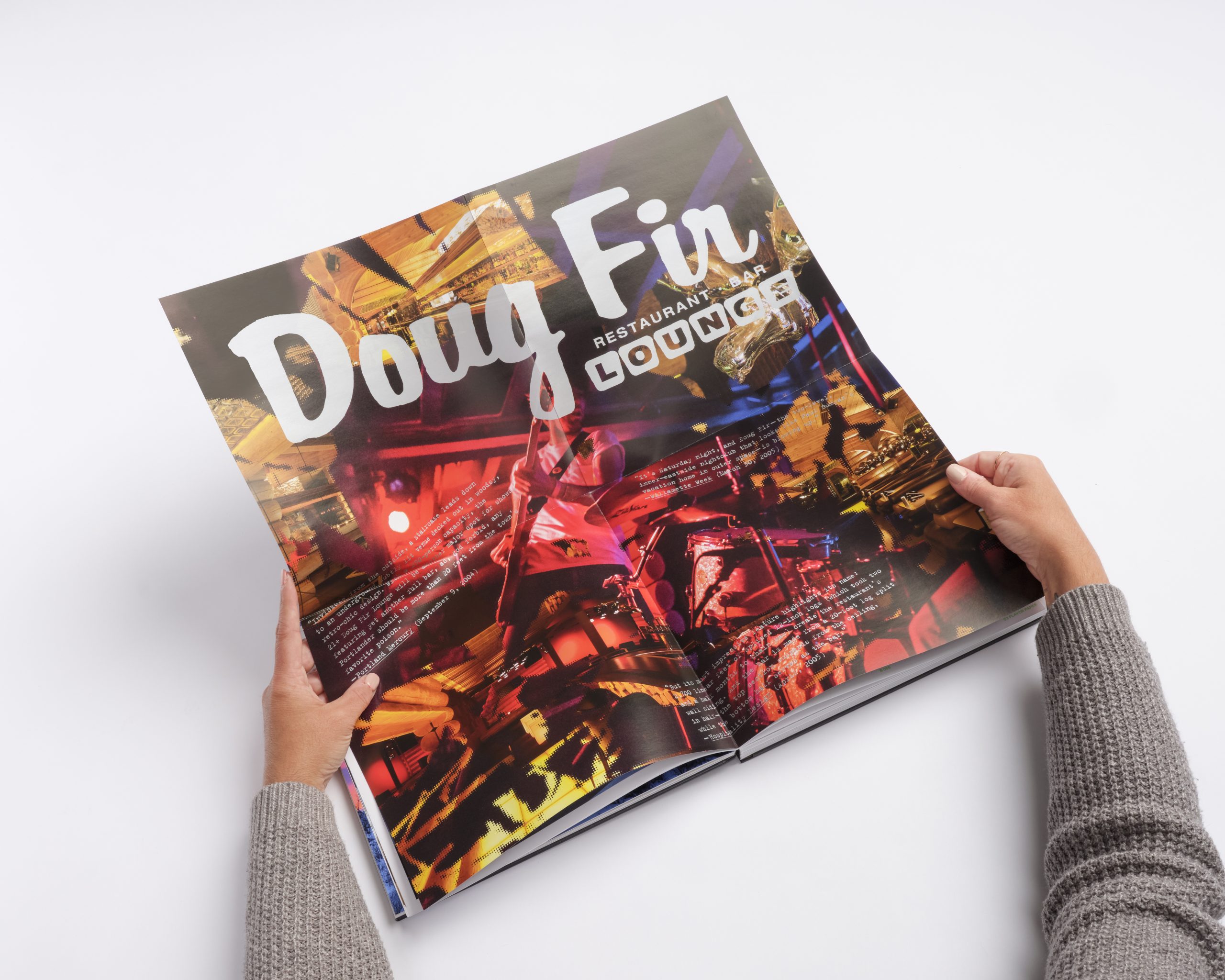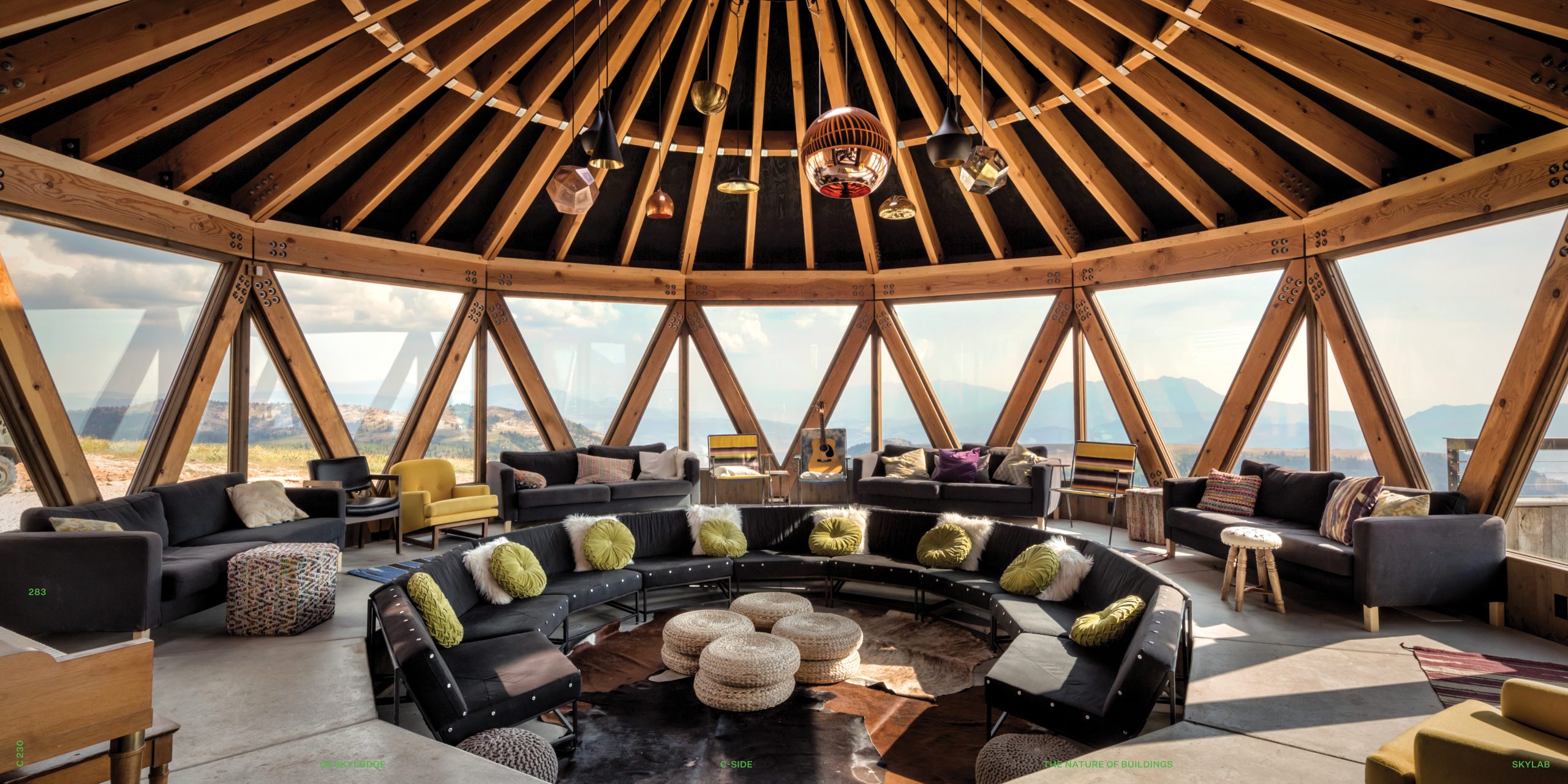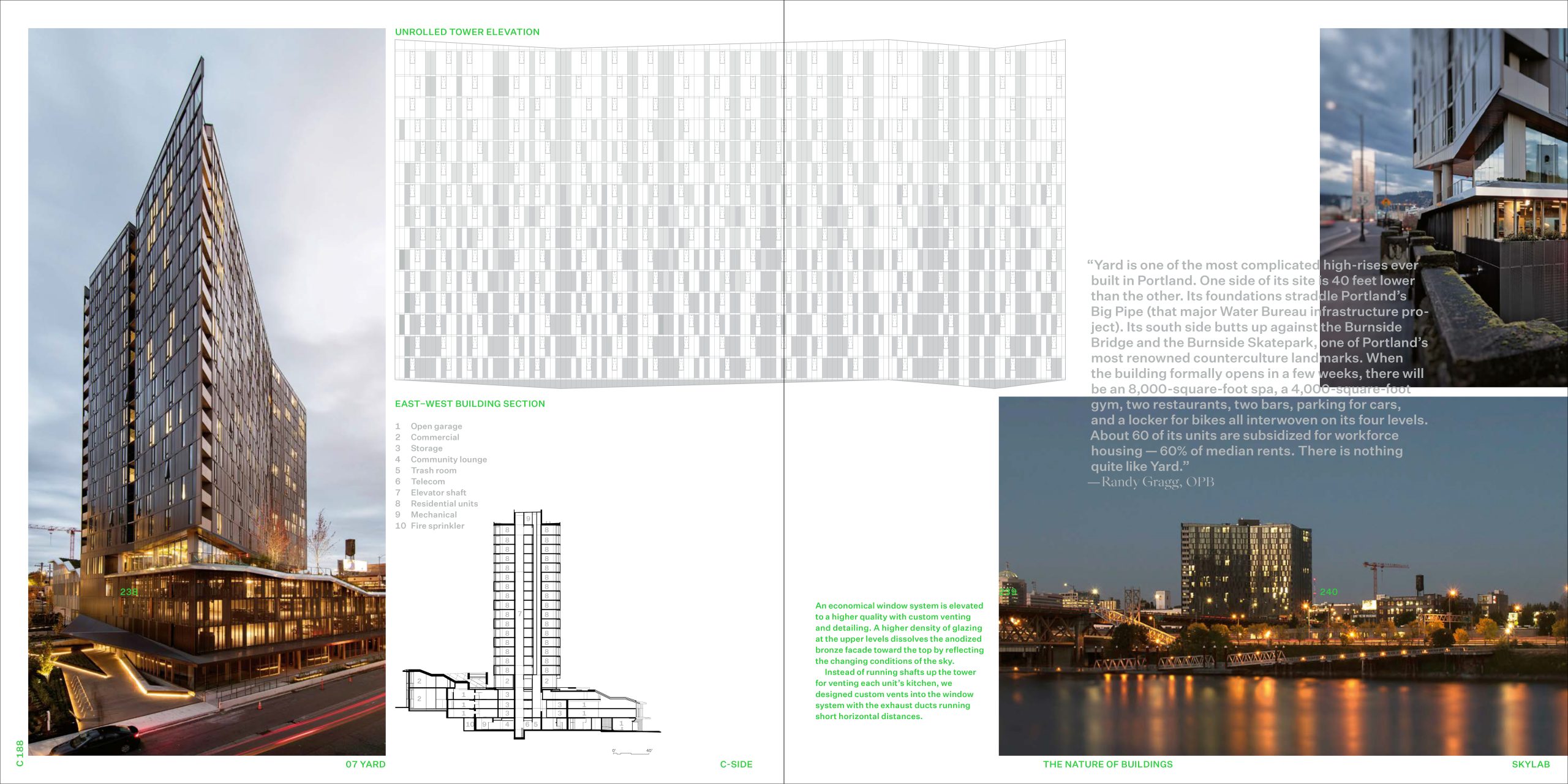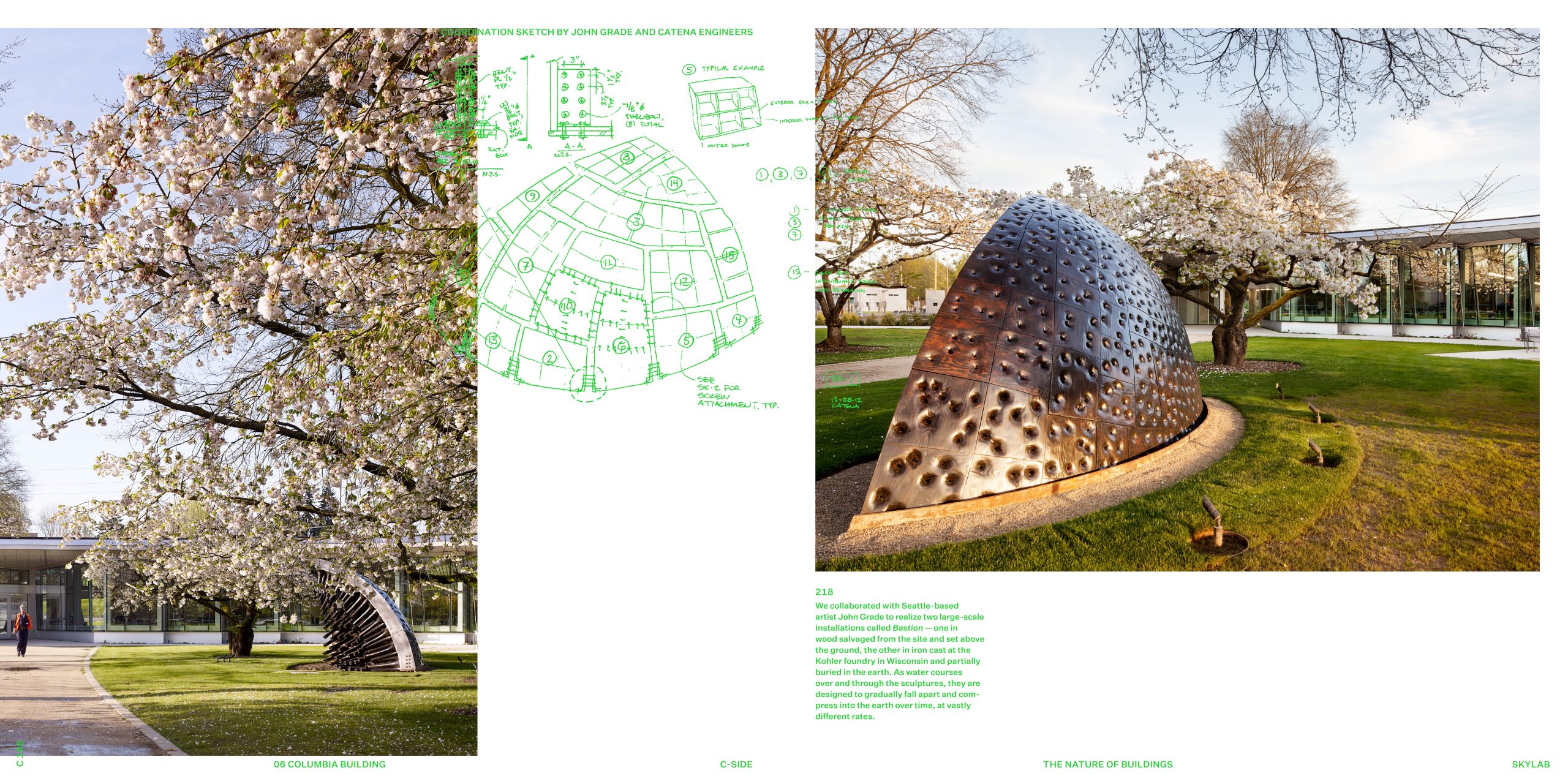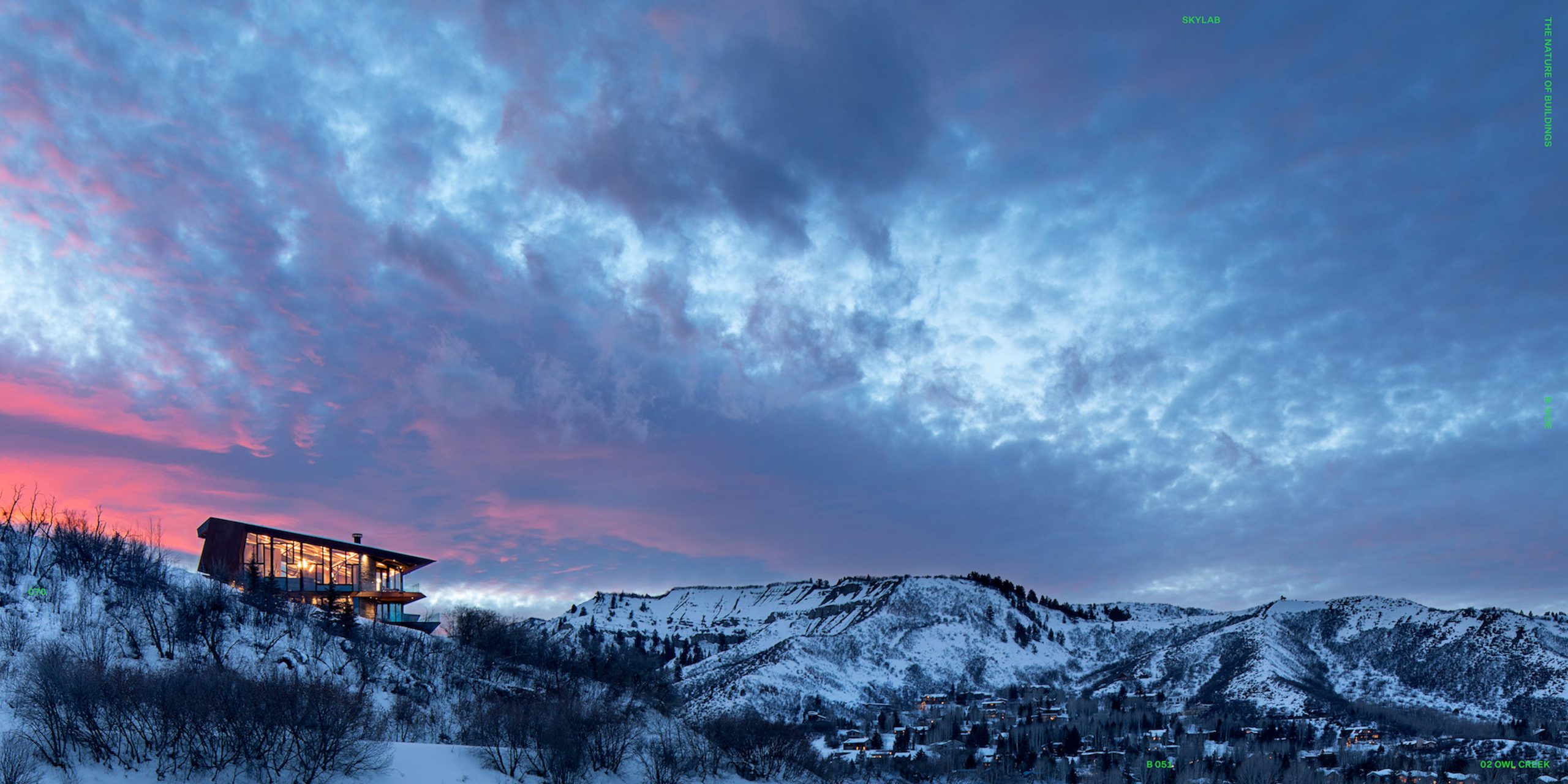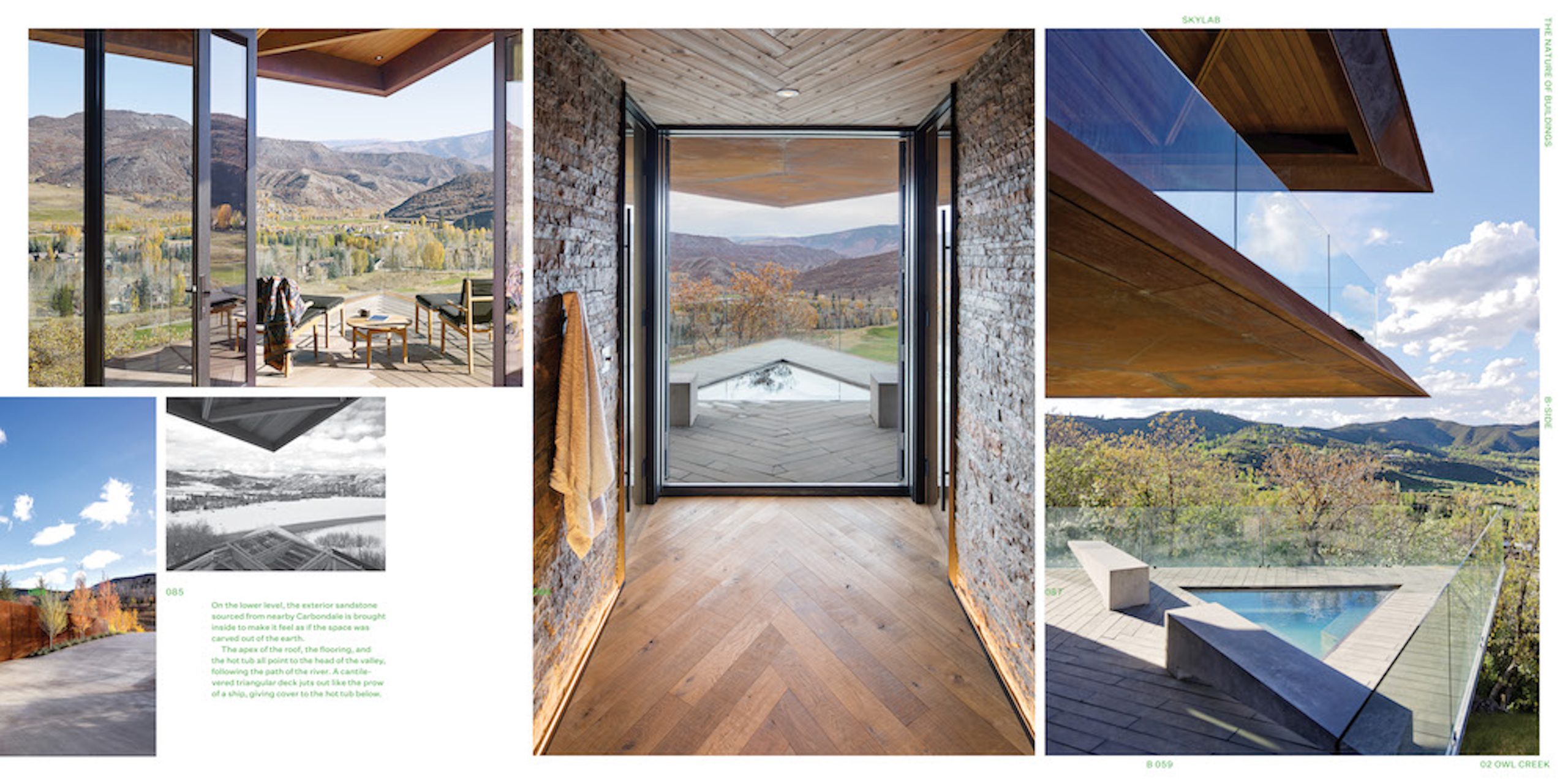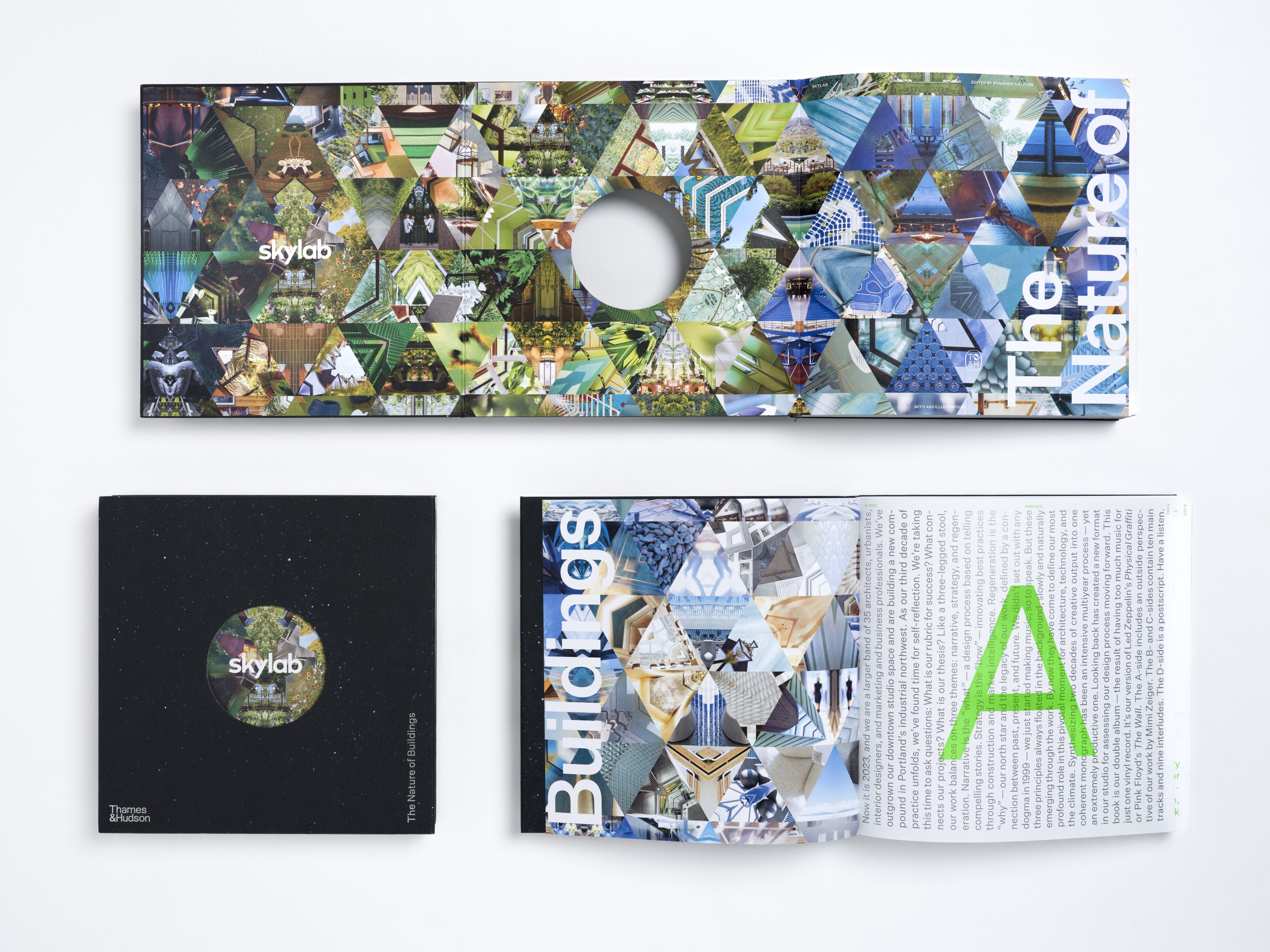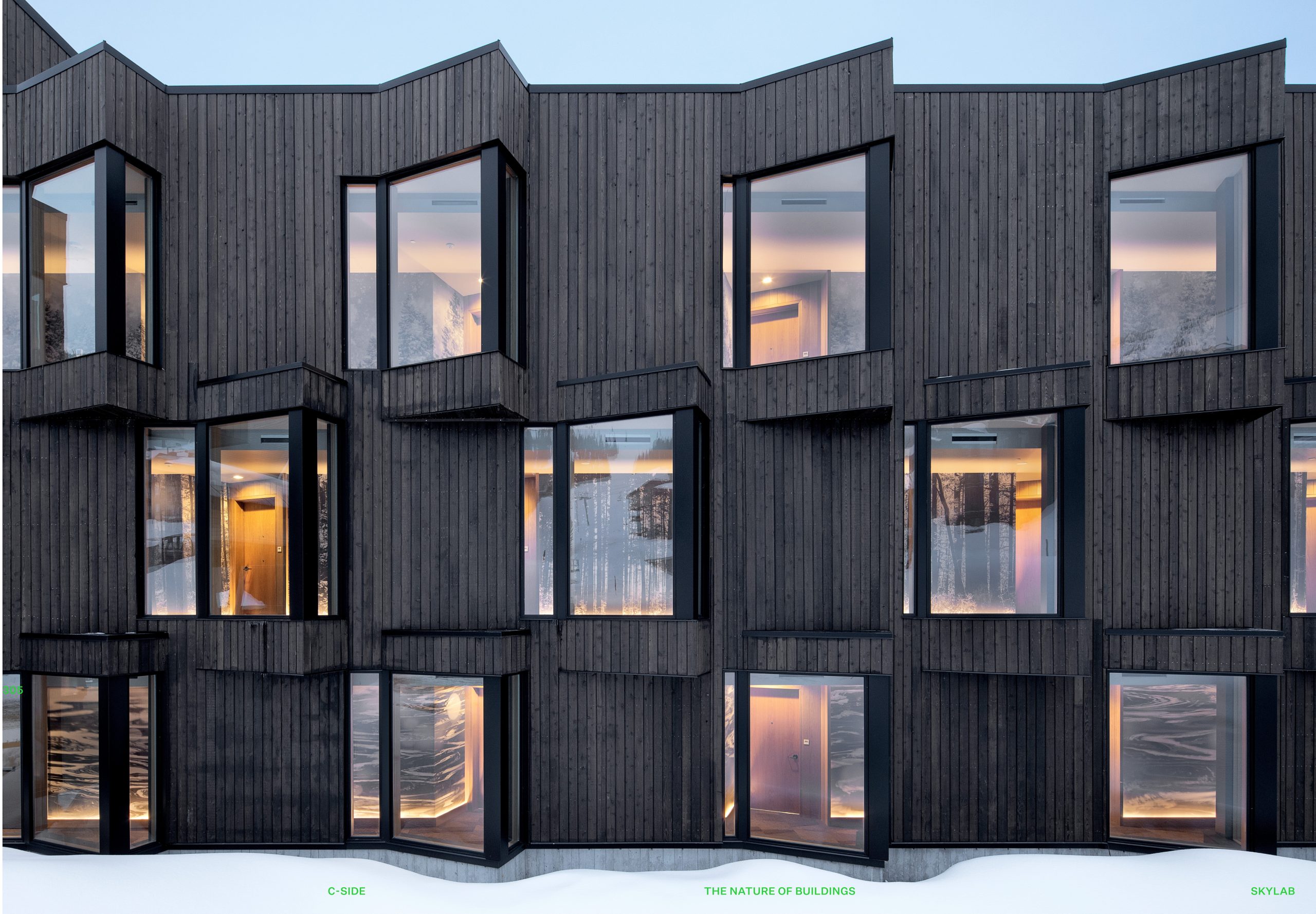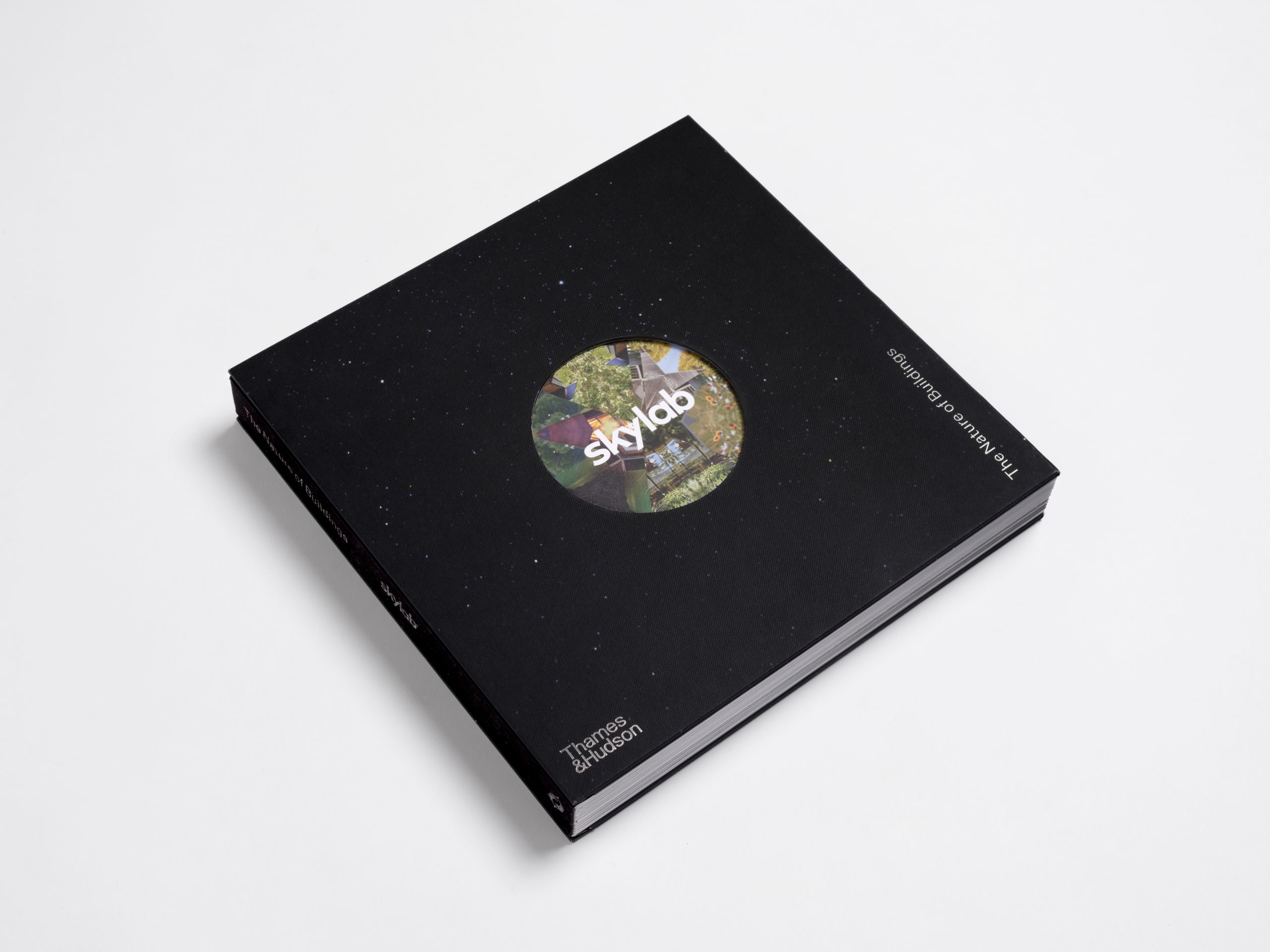With the completion last year of Nike’s million-square-foot Serena Williams Building, Jeff Kovel and his collaborators at Skylab decided it was time to publish a portfolio of the firm’s work.
“It’s a look back at the evolution between our progress and process,” the founder of the firm says. “It puts a lens on that and formalizes practices moving forward – it looks backwards to look forward.”
Founded in 1999 in Portland, Oregon – just three years after Kovel gruduated from Cornell – Skylab’s evolved into a leading creative force in the Pacific Northwest. “When I was 26 I was just hoping to have my own architecture firm,” he says. “I had an interest in creating more sustainable outcomes between nature and manmade work.”
In its first years, the firm tackled whatever it could to establish a reputation for innovative design. “We started with kitchens, baths and offices, then we bought a lot and did a spec design/build on it in 2011, and got that into our portfolio,” he says. “Then we started on Nike retail and hospitality.”
That connection evolved into the Serena Williams Building on the Nike World Headquarters campus, a structure they designed with a 10-story tower, 200 feet tall. The rest of it is composed in four to six stories. “It terraces down in an interesting way,” he says. “It sits on a curving stone base with the merchandising center/retail space that brings down the scale a little bit.”
Kovel likens the new book, “Skylab: The Nature of Buildings,” to a 1970s vinyl double album. “We tend to talk about our work a lot like music, with cadence, composition, choreography and improvisation,” he says.
It’s a non-digital homage to an earlier era, before the internet, podcasts and video games. “It’s how musicians connected with their audience,” he says. “On the albums, you could see the musicians backstage.”
The book’s laid out in a format where small projects sit next to more mature ones, all punctuated by random, fold-out, rock-poster-like moments. “They oscillate between interludes and case studies, between shorter attention spans and a more formal projects,” he says.
Besides the Serena Williams Building, the book features the Bodecker Foundation Headquarters in central Portland; Humbird, the new mountain resort destination hotel at Schweitzer, Idaho; and Flavor Paper, a combination residence, retail and production shop in Brooklyn.
And like the richest of music, it offers a panoramic feel. “That’s analogous to what good architecture does,” he says. “It creates deeper, more meaningful experiences.”
For more, go here.


